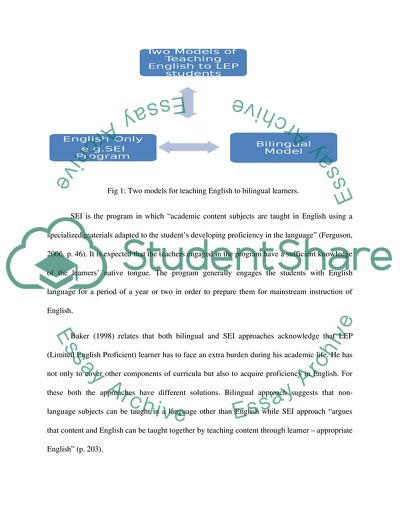Cite this document
(“Research Question: Does the Structured English I program at Fillmore Paper”, n.d.)
Research Question: Does the Structured English I program at Fillmore Paper. Retrieved from https://studentshare.org/miscellaneous/1593345-research-question-does-the-structured-english-i-program-at-fillmore-middle-school-have-a-positive-impact-on-the-reading-comprehension-of-6th-grade-english-language-learners
Research Question: Does the Structured English I program at Fillmore Paper. Retrieved from https://studentshare.org/miscellaneous/1593345-research-question-does-the-structured-english-i-program-at-fillmore-middle-school-have-a-positive-impact-on-the-reading-comprehension-of-6th-grade-english-language-learners
(Research Question: Does the Structured English I Program at Fillmore Paper)
Research Question: Does the Structured English I Program at Fillmore Paper. https://studentshare.org/miscellaneous/1593345-research-question-does-the-structured-english-i-program-at-fillmore-middle-school-have-a-positive-impact-on-the-reading-comprehension-of-6th-grade-english-language-learners.
Research Question: Does the Structured English I Program at Fillmore Paper. https://studentshare.org/miscellaneous/1593345-research-question-does-the-structured-english-i-program-at-fillmore-middle-school-have-a-positive-impact-on-the-reading-comprehension-of-6th-grade-english-language-learners.
“Research Question: Does the Structured English I Program at Fillmore Paper”, n.d. https://studentshare.org/miscellaneous/1593345-research-question-does-the-structured-english-i-program-at-fillmore-middle-school-have-a-positive-impact-on-the-reading-comprehension-of-6th-grade-english-language-learners.


